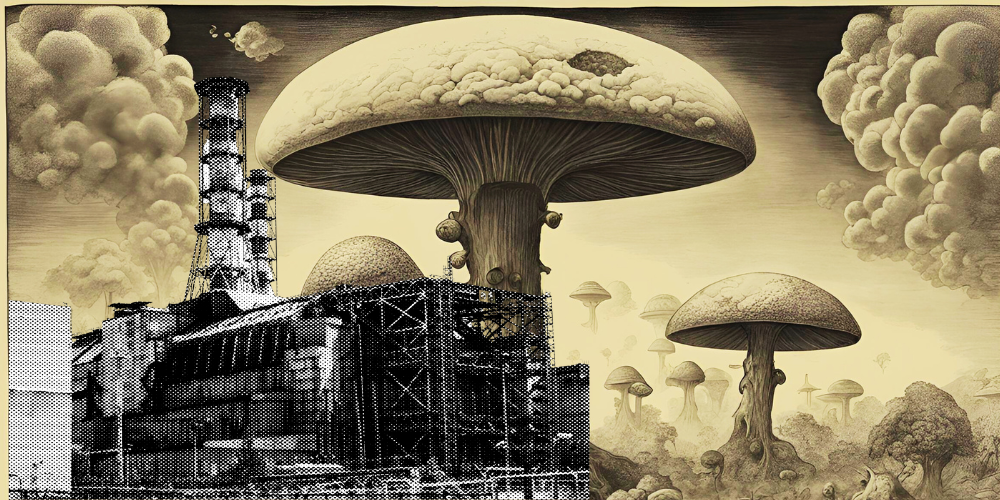Radiation-Eating Fungi: Nature's Solution to Radioactive Waste
Radiation-Eating Fungi: From Chernobyl's Saviour to NASA's Lab 🔗

Radiation-eating fungi, discovered in the aftermath of the Chernobyl disaster, have shown remarkable abilities to absorb and utilize radiation as an energy source. Notable species such as Cladosporium sphaerospermum and Cryptococcus neoformans thrive in highly radioactive environments, demonstrating unique adaptations like radiotropism and melanin-based radiosynthesis. These fungi hold potential for bioremediation, offering innovative ways to manage radioactive waste and possibly protect astronauts from cosmic radiation in space exploration. Ongoing research aims to explore their biochemical processes and applications in both environmental sustainability and space technology.
What are radiation-eating fungi?
Radiation-eating fungi are organisms that can absorb and utilize ionizing radiation as an energy source, particularly those found in Chernobyl, such as Cladosporium sphaerospermum and Cryptococcus neoformans.
How might these fungi be used in space exploration?
These fungi could be developed into radiation shielding materials for spacecraft, helping to protect astronauts from cosmic radiation during long-duration missions.
What are the implications of studying these fungi for environmental cleanup?
Research on these fungi may lead to biotechnological solutions for managing radioactive waste, as they can potentially reduce radiation levels in contaminated areas through their unique energy conversion processes.